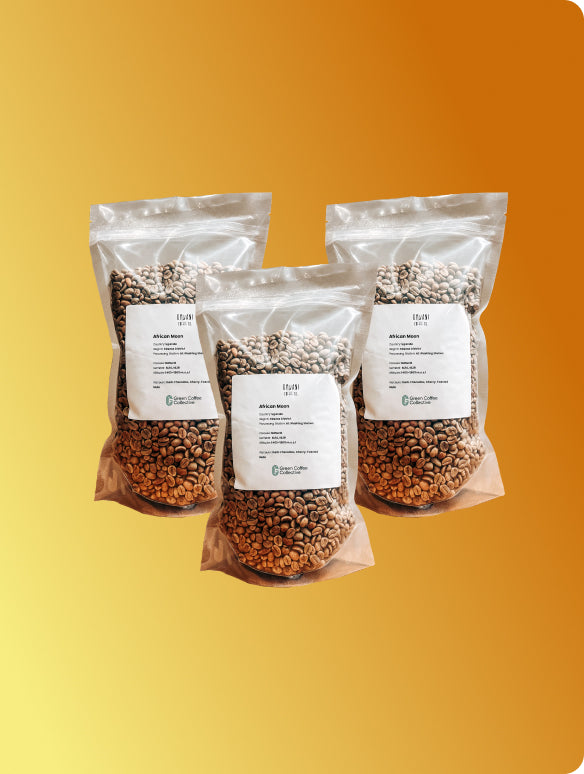The idea that natural resources create conflict is well known. Economists call it the resource curse - when commodities like oil or diamonds fuel corruption, inequality, and violence instead of prosperity. This tends to happen when countries rely heavily on their natural resources for income without diversifying their economies. But coffee doesn’t follow the same pattern.
In coffee-producing countries, it’s not price booms that drive instability - it’s price crashes. When coffee prices collapse, rural incomes vanish, livelihoods fall apart, and communities become more vulnerable to conflict. Rather than the resource curse, coffee faces its own kind of reversal.
When prices fall, conflict rises
This dynamic is clear in Colombia, one of the world’s largest coffee producers and one of the most conflict-affected countries - the focus of a landmark study by Oeindrila Dube and Juan F. Vargas. They found that not all resources are cursed: the impact of price shocks on violence depends on how the commodity is produced - whether it’s labour-intensive, like coffee, or capital-intensive, like oil.
Between 1998 and 2003, the global coffee price dropped by around 70 per cent. As prices fell, violence surged in Colombia’s coffee-growing regions, and poverty deepened. In contrast, municipalities with oil reserves or pipelines experienced the opposite trend, consistent with the traditional resource curse: higher oil prices brought more clashes with government forces as state revenues and military presence expanded - conflict fuelled by greater militarisation.
In coffee regions, the pattern was reversed. When prices fell, fighting between guerrillas, paramilitaries, and state forces increased sharply. The reason was straightforward: coffee relies on labour. When prices rise, local incomes grow and peace is more attractive. When prices fall, jobs disappear, incomes collapse, and the cost of joining an armed group drops. Oil wealth, meanwhile, increased the state’s capacity for confrontation.
Their research went further to show that this relationship wasn’t coincidental. Municipalities that relied most heavily on coffee experienced the sharpest rise in violence after the price crash. The increase wasn’t driven by coca cultivation or drug trafficking, but by falling rural incomes. As legitimate earnings disappeared, joining or supporting armed groups became a survival strategy. Household surveys during this period also showed higher unemployment and poverty in coffee zones.
Dube and Vargas described this as a “resource curse in reverse.” While capital-intensive resources like oil tend to fuel conflict when prices rise, labour-intensive crops like coffee do the opposite - conflict grows when prices fall. This distinction reframes how we think about the economics of violence in rural areas.
Their study also points to an important policy lesson: stabilising agricultural incomes isn’t just an economic goal - it’s a peacebuilding strategy. When governments or trade partners support farmers through price crashes, they also reduce the instability that follows.
The human side of the coffee-conflict link
The Dube and Vargas findings show how economics and violence are intertwined. But behind those statistics are the people living through it - the farmers whose livelihoods and safety are shaped by conflict every day.
Colombia remains the most heavily mined country on earth, even as it continues to rank among the top three coffee exporters. In Rwanda, where coffee has played a central role in rebuilding rural livelihoods after the 1994 genocide, the legacy of conflict continues to shape communities and land use. In eastern Congo, decades of violence have destroyed farms, displaced families, and halted exports that once rivalled copper.
These stories show how conflict shapes production long after battles end. Fields go untended because of fear, infrastructure crumbles, and trade routes close. For those caught in violence, the loss of physical ability often means the loss of a livelihood.
Coffee as a tool for recovery
Yet coffee can also be a way out. When incomes stabilise and communities can safely farm again, coffee becomes a foundation for rebuilding.
In South Sudan, years of civil war nearly erased coffee production. But a project led by Nespresso and TechnoServe, later joined by USAID, helped train farmers, establish cooperatives, and export the country’s first specialty lot in decades. The initiative not only revived an industry but also created an income stream that encouraged displaced families to return and rebuild.
In eastern Congo, the Lake Kivu Coffee Alliance - supported by the Polus Centre and several NGOs - is helping landmine victims re-enter the coffee sector. Their work includes building accessible washing stations and providing prosthetics and rehabilitation, showing how coffee infrastructure can be designed around inclusion and recovery.
These projects work because coffee naturally lends itself to peacebuilding. Trees are resilient and long-lived. The crop needs labour more than machinery. And when prices are fair, coffee provides steady income that keeps rural economies functioning.
A stabilising force
The link between economic stability and peace is simple but powerful. When coffee farmers earn enough to live securely, they have less reason to migrate, join armed groups, or abandon their farms. When they can plan for the next season, they invest in their communities instead of leaving them behind.
That means trade can be part of peacebuilding. Fair pricing, reliable contracts, and investment in producer infrastructure don’t just strengthen supply - they strengthen stability.
As Dube and Vargas concluded, protecting farmers’ incomes during downturns is one of the most effective forms of peacebuilding. It’s a reminder that fair and predictable trade systems can be as powerful as aid when it comes to maintaining stability.
Coffee beyond the curse
The resource curse assumes that natural wealth inevitably leads to conflict. Coffee shows that the reality is more complex - and more hopeful.
In labour-intensive crops, prosperity and peace are closely linked. When coffee prices fall, communities suffer; when prices rise and incomes hold steady, peace has a better chance.
Conflict may not appear on a cupping form, but it shapes the coffee trade in profound ways. Understanding the reverse resource curse reminds us that supporting farmer livelihoods isn’t just good ethics or good business - it’s part of building peace from the ground up.

